Perseus Cluster
A gigantic and resilient “cold front” is hurtling through the Perseus galaxy cluster according to data from Chandra & other X-ray observatories. This cosmic weather system spans about two million light years and has been traveling for over 5 billion years, longer than the existence of our Solar System. The image on the left shows the cold front in the Perseus cluster where X-ray data from Chandra – for regions close to the center of the cluster – have been combined with data from the XMM-Newton and ROSAT satellites for regions farther out. The Chandra data have been specially processed to brighten the contrast of edges to make subtle details more obvious. On the right, the image shows a close-up view of the cold front from Chandra. This image is a temperature map, where blue represents relatively cooler regions (30 million degrees) while the red is where the hotter regions (80 million degrees) are. More info (Credit: NASA/CXC/GSFC/S.Walker, ESA/XMM, ESA/ROSAT)
NGC 6231
By studying young clusters, astronomers hope to learn more about how stars – including our Sun – are born. NGC 6231 is an ideal testbed for studying a stellar cluster not long after star formation has stopped. The Chandra X-ray image shows the inner region of NGC 6231 where red, green, and blue represents the lower, medium, and high-energy X-rays. The brightest X-ray emission is white. More info (Credit: X-ray: NASA/CXC/Univ. of Valparaiso/M. Kuhn et al; IR: NASA/JPL/WISE)
Crab Nebula
A composite image of the Crab Nebula features X-rays from Chandra, optical data from Hubble, and infrared data from Spitzer. Chandra has repeatedly observed the Crab since the telescope was launched into space in 1999. The Crab Nebula is powered by a quickly spinning, highly magnetized neutron star called a pulsar, which was formed when a massive star ran out of its nuclear fuel and collapsed. The combination of rapid rotation and a strong magnetic field in the Crab generates an intense electromagnetic field that creates jets of matter and anti-matter moving away from both the north and south poles of the pulsar, and an intense wind flowing out in the equatorial direction. (Credit: X-ray: NASA/CXC/SAO; Optical: NASA/STScI; Infrared: NASA-JPL-Caltech)
ULX in M51
Researchers using Chandra data have identified a fourth ultraluminous X-ray source (ULX), dubbed ULX8, as being a neutron star. These results provide clues about how these objects can shine so brightly in X-rays. The newly characterized ULX is located in the Whirlpool galaxy, also known as M51. This image of the Whirlpool shows X-rays from Chandra and optical data from the Hubble Space Telescope. The ULX is marked with a circle. (Credit: X-ray: NASA/CXC/Caltech/M. Brightman et al.; Optical: NASA/STScI )
Chandra Deep Field South
The growth of the biggest black holes in the Universe is outrunning the rate of formation of stars in the galaxies they inhabit, according to two studies using data from Chandra and other telescopes. This image shows data from the Chandra Deep Field-South in optical and infrared light from the Hubble, and X-ray light from Chandra. Credit: NASA/CXC/Penn. State/G. Yang et al & NASA/CXC/ICE/M. Mezcua et al.; Optical: NASA/STScI
GW170817
The afterglow from the distant neutron-star merger detected last August has continued to brighten – much to the surprise of astrophysicists studying the aftermath of the massive collision that took place about 138 million light years away and sent gravitational waves rippling through the universe. Credit: NASA/CXC/McGill University/J. Ruan et al.
SDSS J1354+1327
Using data from several telescopes including Chandra, astronomers have caught a supermassive black hole snacking on gas and “burping” twice. This image shows the galaxy, called SDSS J1354+1327 (J1354 for short), in a wide-field image from Hubble. An additional image from the Chandra data is of the central region around the galaxy’s supermassive black hole. The combined X-ray and optical data (shown with labels) reveal that the supermassive black hole in J1354 consumed two clumps of stars and gas about 100,000 years apart. (Credit: X-ray NASA/CXC/University of Colorado/J. Comerford et al.; Optical: NASA/STScI)
Galactic Center
The region of the Milky Way’s center about 26,000 light years from Earth. This still image is from a 360-degree movie that immerses viewers into a simulation of the center of our Galaxy. The visualization was enabled by data from Chandra and other telescopes and allows viewers to control their own exploration of this region. From the vantage point of the Milky Way’s supermassive black hole, Sgr A*, the viewer can see about 25 Wolf-Rayet stars (white objects) as they continuously eject stellar winds (black to red to yellow color scale). These winds collide with each other, and then some of this material (yellow blobs) spirals towards Sgr A*. Watch the movie. (Credit: NASA/CXC/Pontifical Catholic Univ. of Chile /C.Russell et al.)
A 360-degree movie immerses viewers into a simulation of the center of our Galaxy. This visualization was enabled by data from Chandra and other telescopes and allows viewers to control their own exploration of this region. From the vantage point of the Milky Way’s supermassive black hole, Sgr A*, the viewer can see about 25 Wolf-Rayet stars (white, twinkling objects) as they continuously eject stellar winds (black to red to yellow color scale). These winds collide with each other, and then some of this material (yellow blobs) spirals towards Sgr A*. The movie shows two simulations, each of which start around 350 years in the past and span 500 years. The first simulation shows Sgr A* in a calm state, while the second contains a more violent Sgr A* that is expelling its own material, thereby turning off the accretion of clumped material (yellow blobs) that is so prominent in the first portion.

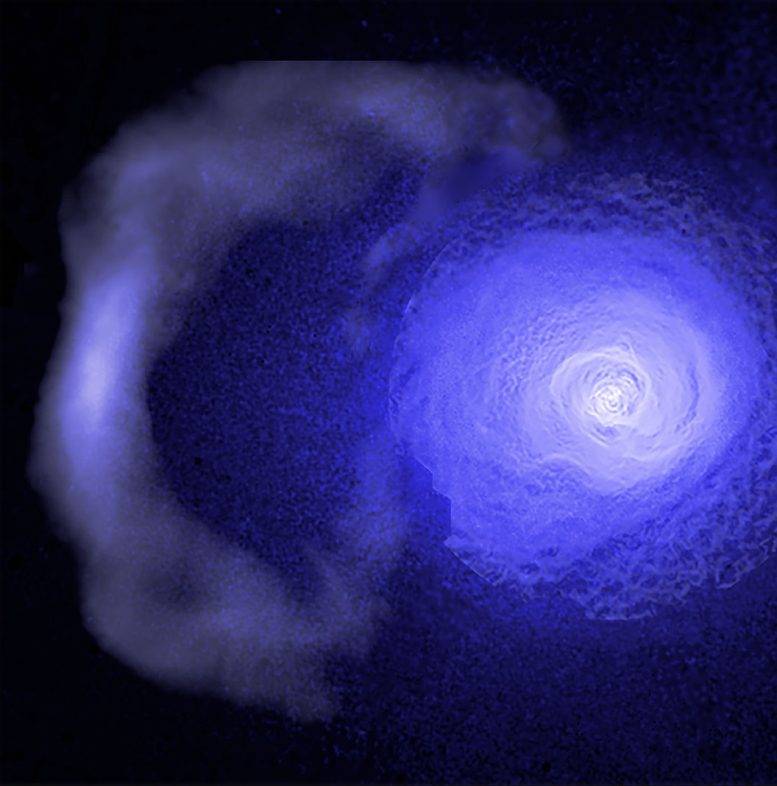
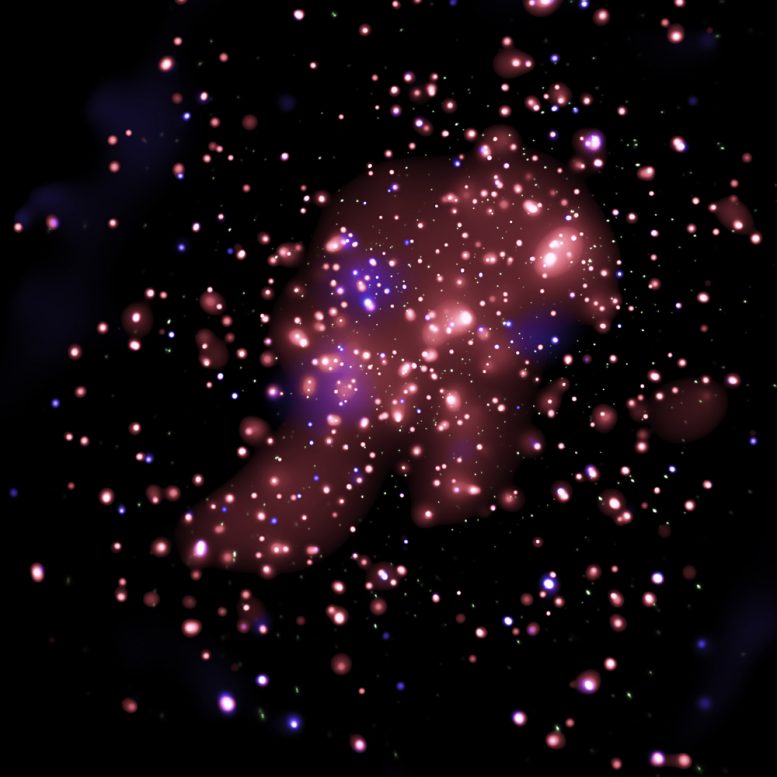
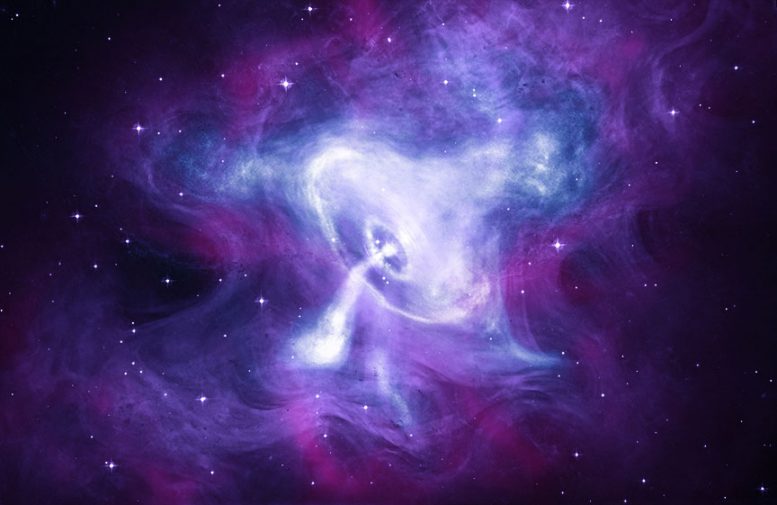
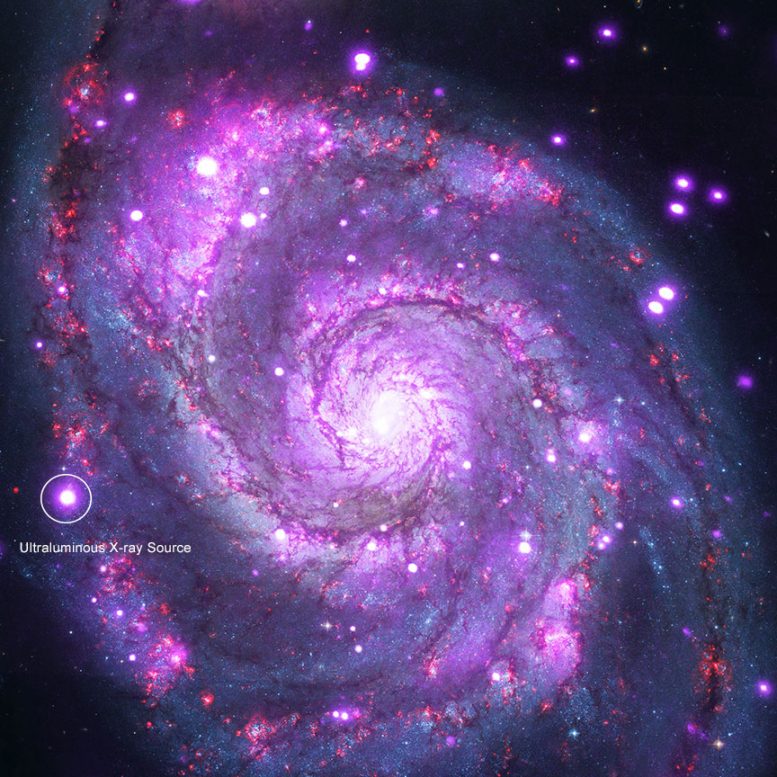
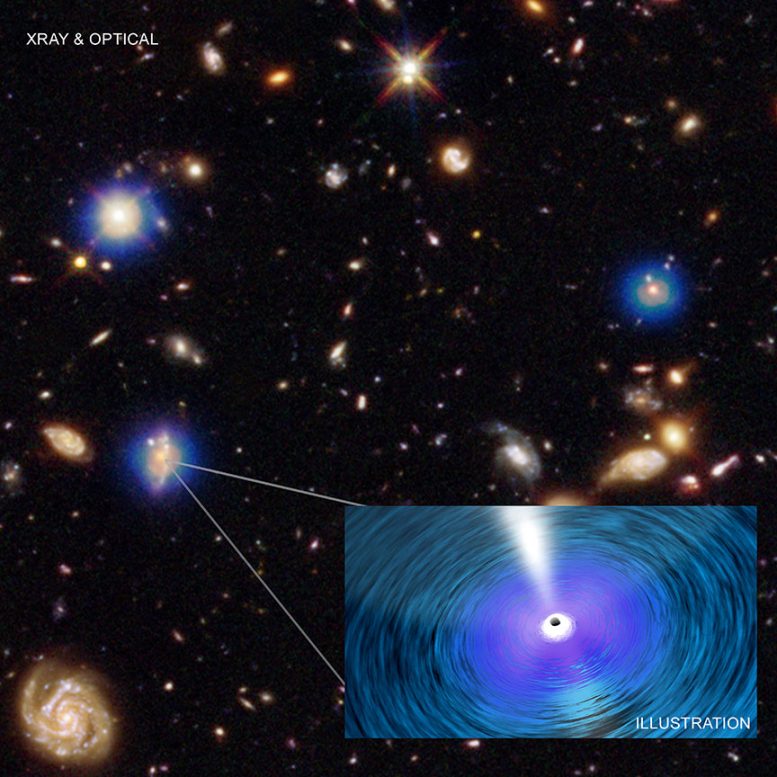
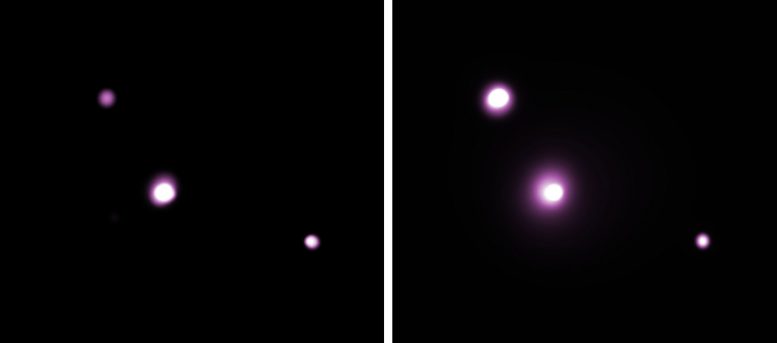
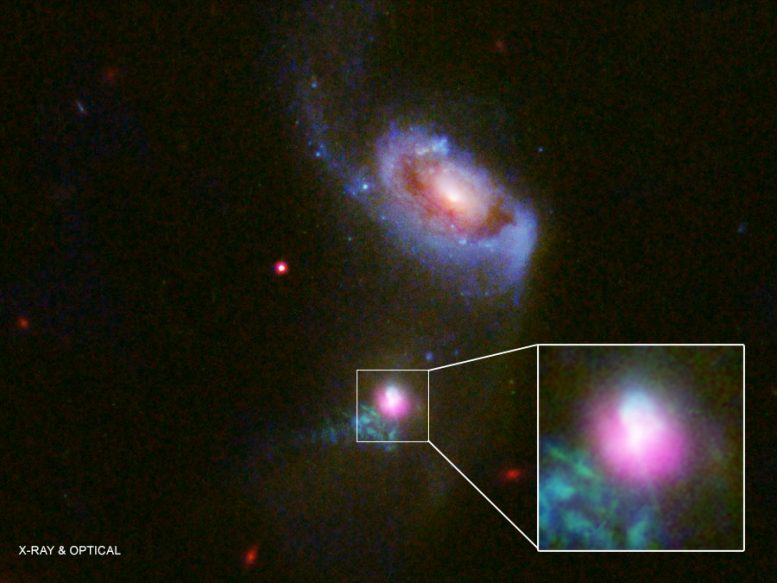
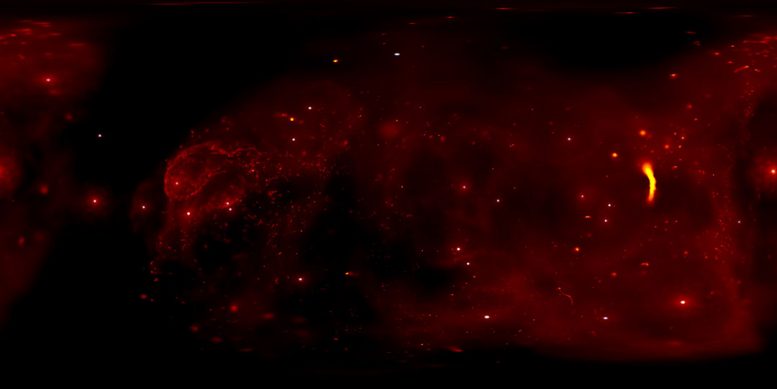

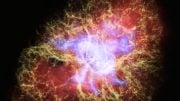
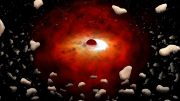

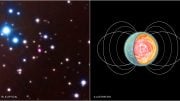
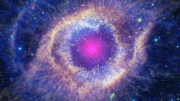
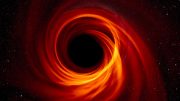
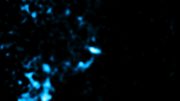
Be the first to comment on "Amazing Chandra X-Ray Observatory Images From 2018"